Understanding the Malaya And British Borneo Currency System – “Elizabeth II” Issue 1953
Considered to be one of the “worth having” coins in its collection, the set of money printed with the image of Queen Elizabeth II is circulated in Malaya and British Borneo. With denominations ranging from 1 dollar to 10,000 dollars, these are considered “a constant pain” for collectors because their value is so high.
Introduction To The Malaya And British Borneo Dollar Currency
The Malaya and British Borneo Dollar currency occupies a unique niche in the annals of Southeast Asian monetary history. Introduced in 1953, this currency was a symbol of post-World War II economic reconstruction and unity among the British territories in the region. The Board of Commissioners of Currency, Malaya and British Borneo, issued this currency to streamline trade and foster economic stability across Malaya (now Malaysia), Singapore, Brunei, Sarawak, and North Borneo (now Sabah).
The move represented not only an economic strategy but also a political gesture towards greater cooperation among these territories under British influence.
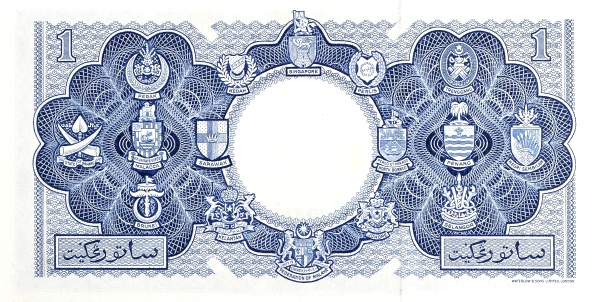
(Singapore, Perak, Kedah, Pahang, Malacca, Sarawak, Brunei, Kelantan, Perlis, Trengganu, North Borneo, Penang, Negri Sembilan, Johore, Selangor)
The design and iconography of the Dollar note encapsulate both local cultural elements and symbols of the British Commonwealth’s enduring legacy. Featuring the portrait of Queen Elizabeth II at various times during its circulation, this currency underscores the intertwined histories of Southeast Asia and Britain. Furthermore, its introduction facilitated transactions in a diverse region by providing a unified legal tender that was readily accepted across borders.
As collectors’ items today, these banknotes are more than just paper; they represent tangible links to a pivotal era in Southeast Asian history where colonial legacies intersected with nascent national identities.
Historical Context: The Creation And Circulation Of The Dollar Note
The creation and circulation of the Malaya and British Borneo 1 dollar note hold a distinctive place in the historical tapestry of Southeast Asian monetary history. This particular currency was introduced as part of a unified effort to streamline the diverse monetary systems that existed across British territories in the region following World War II. Prior to its introduction, each territory had its own currency, which complicated trade and economic policy.
In 1952, the Board of Commissioners of Currency, Malaya, and British Borneo was established, leading to the issuance of the dollar notes among other denominations. The design reflected both local cultural elements and British colonial influence, symbolizing a formative period where traditional identities were melding with modern economic structures under colonial administration.
The circulation of this currency facilitated not just a smoother transactional process across Malaya, Singapore, Sarawak, North Borneo (now Sabah), and Brunei but also represented an attempt at economic unification amidst diverse political landscapes. It eased trade barriers within these regions until its eventual phasing out with the emergence of national currencies following independence movements in these territories during the late 20th century.
The story of this currency encapsulates a pivotal moment when economic ambitions sought to transcend colonial divisions, leaving a lasting legacy on regional financial cooperation.
Design Features And Security Elements Of The Malaya And British Borneo Dollar
The Malaya and British Borneo dollar banknotes, a relic of a bygone era when territories under British control in Southeast Asia pooled their economic resources, is distinguished by its intricate design features and robust security elements. At the heart of its visual appeal is the captivating portrait of Queen Elizabeth II, symbolizing the region’s allegiance to the British Crown during the period it was issued, between 1953 and 1967.
This regal image is flanked by richly detailed motifs that reflect the cultural and natural diversity of Malaya, Singapore, Sarawak, North Borneo, and Brunei – the territories that constituted this unique currency union.
Security measures for this banknote were advanced for its time to deter counterfeiting. Watermarks featuring the effigy of a Lion provided a subtle yet effective security feature, visible when held against light. Moreover, intricate patterns and microprinting techniques were employed throughout the design. These not only added to its aesthetic appeal but also served as deterrents against forgery attempts. Together, these elements encapsulated both artistic finesse and a commitment to maintaining currency integrity within these erstwhile British territories in Southeast Asia.
The Economic Impact Of The Dollar Note In Malaya And British Borneo
The introduction of the dollar note in Malaya and British Borneo represented a significant shift in the economic landscape of the region. Prior to its issuance, the economies of Malaya and British Borneo were predominantly reliant on a mix of currency forms that included coins and barter systems. The 1 dollar note, introduced by the Board of Commissioners of Currency, Malaya and British Borneo, not only standardized monetary transactions but also facilitated easier trade both within and outside the region.
The economic impact was multifaceted. Locally, it enabled smoother daily transactions for individuals and businesses, enhancing market liquidity and encouraging consumer spending. This was particularly important in a period marked by efforts to rebuild post-war economies. The convenience and efficiency of paper currency over bulky coinage or disparate barter goods cannot be overstated.
On a broader scale, the dollar note helped solidify the financial integration of Malaya and British Borneo with international markets. By aligning with global standards through a recognizable and reliable currency, it attracted foreign investment, boosting local industries such as rubber plantations and tin mining. This influx of capital was instrumental in driving economic growth, laying down a foundation for future prosperity in the region.
Collectibility And Legacy Of The Malaya And British Borneo the Dollar Today
The collectibility and legacy of the Malaya and British Borneo dollar note today resonate deeply within the numismatic community and among historical currency enthusiasts worldwide. This particular currency, once a symbol of a unique colonial partnership, has transcended its original monetary value to become a coveted piece for collectors. The allure lies not just in its rarity but in the rich historical narrative it encapsulates.
The story of Malaya and British Borneo, with their complex histories, cultures, and eventual paths to independence, is vividly captured through this currency. The design elements of the note, including intricate patterns and symbols reflective of the diverse cultural heritage of the region, add layers of interest for collectors. Moreover, its diminishing availability in mint condition further elevates its status among rare currencies. As it becomes harder to find, each note is keenly sought after at auctions and private sales, often fetching prices well above their nominal value.
Today’s interest in these notes goes beyond mere collection; they are cherished as tangible links to a bygone era that shaped the current socio-economic fabric of Southeast Asia. Their legacy continues to inspire both seasoned collectors and new enthusiasts who appreciate the blend of history, artistry, and value these notes represent.
Picture: http://www.banknote.ws/
References
[0]
“1953 – MALAYA and British Borneo – 1 (One) Dollar Banknote Serial No. A56/028071 $120.00 – PicClick AU”, picclick.com.au, Unknown, https://picclick.com.au/1953-Malaya-and-British-Borneo-1-145609846077.html, Web, Accessed 20. Apr 2024
[1]
“1953 Malaya & British Borneo One Dollar Very Fine 30 – Thompsons Coins”, thompsonscoins.com, Unknown, https://thompsonscoins.com/products/1953-malaya-british-borneo-one-dollar-very-fine-30, Web, Accessed 20. Apr 2024
[2]
“History of Currency in Singapore”, mas.gov.sg, Unknown, https://www.mas.gov.sg/currency/history-of-currency-in-singapore, Web, Accessed 20. Apr 2024
[3]
“Old Singapore Notes: Complete Guide Where To Sell, Value, Rarity”, singsaver.com.sg, Unknown, https://www.singsaver.com.sg/blog/old-singapore-notes, Web, Accessed 20. Apr 2024
[4]
“Joys of banknote collecting | The Star”, thestar.com.my, Unknown, https://www.thestar.com.my/metro/metro-news/2023/10/11/joys-of-banknote-collecting, Web, Accessed 20. Apr 2024
[5]
“Singapore 1 Dollar Note: A Fascinating Piece of Currency History – Accredit Licensed Money Lender Singapore: Legal Money”, accreditloan.com, Unknown, https://www.accreditloan.com/singapore-1-dollar-note-a-fascinating-piece-of-currency-history/, Web, Accessed 20. Apr 2024
[6]
“Japanese Invasion Money Malaya 1 dollar note: Major L L Williams, 17 Battalion Volunteer Defence Corps | Australian War Memorial”, awm.gov.au, Unknown, https://www.awm.gov.au/collection/C1138218, Web, Accessed 20. Apr 2024
[7]
“Malaya & British Borneo Dollar – 1959”, thomasgreaves1.com, Unknown, https://www.thomasgreaves1.com/store/Malaya-&-British-Borneo-Dollar-1959-p174997137, Web, Accessed 20. Apr 2024
[8]
“History of Malaysia – The impact of British rule | Britannica”, britannica.com, Unknown, https://www.britannica.com/topic/history-of-Malaysia/The-impact-of-British-rule, Web, Accessed 20. Apr 2024
[9]
“Malaysian ringgit Facts for Kids”, kids.kiddle.co, Unknown, https://kids.kiddle.co/Malaysian_ringgit, Web, Accessed 20. Apr 2024
[10]
“THE EXCHANGE RATE IN MALAYSIA – tema nauchnoi stat’i po ekonomike i biznesu chitaite besplatno tekst nauchno-issledovatel’skoi raboty v elektronnoi biblioteke KiberLeninka”, cyberleninka.ru, Unknown, https://cyberleninka.ru/article/n/the-exchange-rate-in-malaysia, Web, Accessed 20. Apr 2024
[11]
“News Release 25 September 2023 | UOB Malaysia”, uob.com.my, Unknown, https://www.uob.com.my/about/news/2023/news-release-sep23-25.page, Web, Accessed 20. Apr 2024
[12]
“A simplified history of Malaysian money, from cowrie shells to the ringgit”, cilisos.my, Unknown, https://cilisos.my/a-simplified-history-of-our-money-from-cowrie-shells-to-the-malaysian-ringgit/, Web, Accessed 20. Apr 2024
[13]
“1953 One Dollar Malaya And British Borneo Banknote | Flickr”, flickr.com, Unknown, https://www.flickr.com/photos/digitaljourney/5536330065, Web, Accessed 20. Apr 2024
[14]
“Malaya and British Borneo, 1953, $10,000 | PMG”, pmgnotes.com, Unknown, https://www.pmgnotes.com/gallery/featured-note/featured-note-8/, Web, Accessed 20. Apr 2024
[15]
“Introduction macro – hmmm – Money plays an important role in helping to move the country’s economy – Studocu”, studocu.com, Unknown, https://www.studocu.com/my/document/universiti-tenaga-nasional/macroeconomic/introduction-macro-hmmm/40034201, Web, Accessed 20. Apr 2024
[16]
“Malaya and British Borneo dollar – Wikipedia”, en.wikipedia.org, Unknown, https://en.wikipedia.org/wiki/Malaya_and_British_Borneo_dollar, Web, Accessed 20. Apr 2024

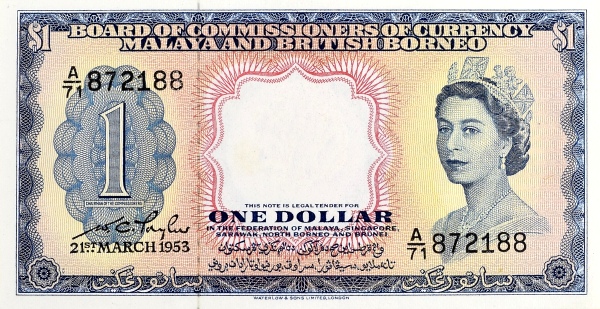
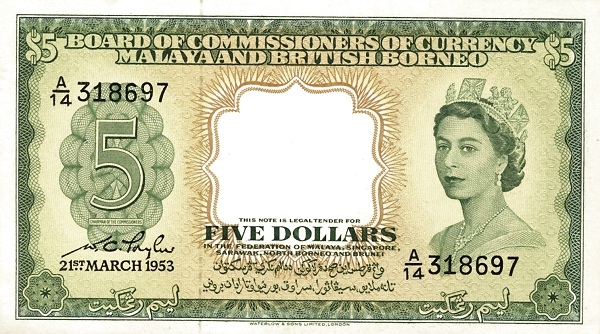
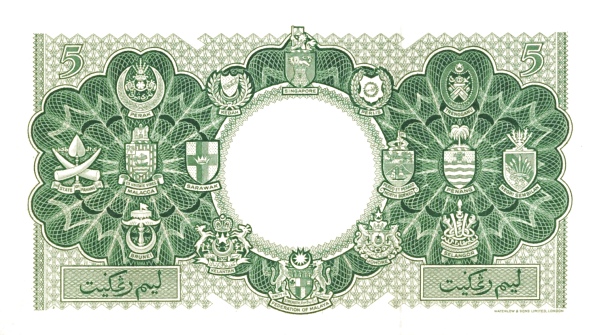
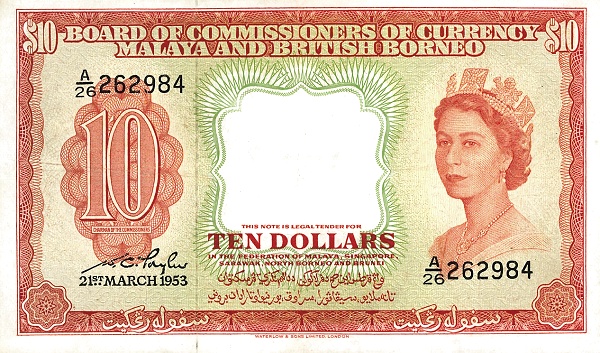
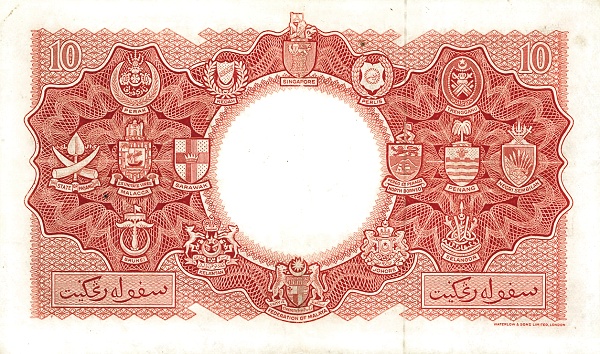
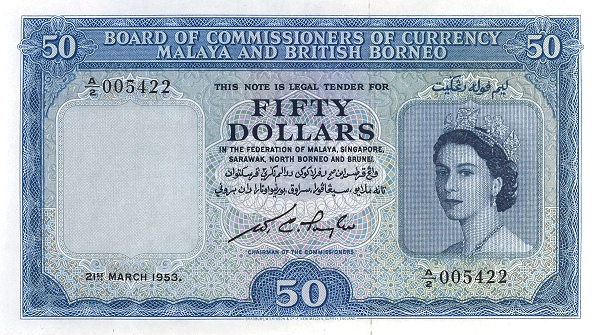
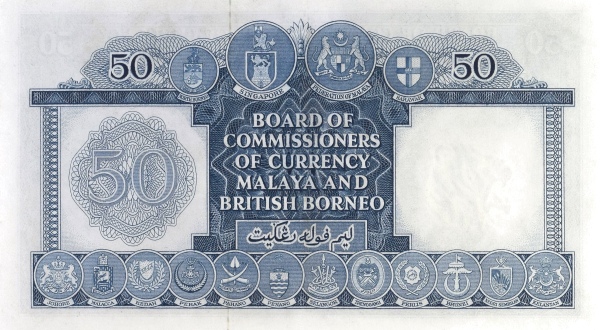
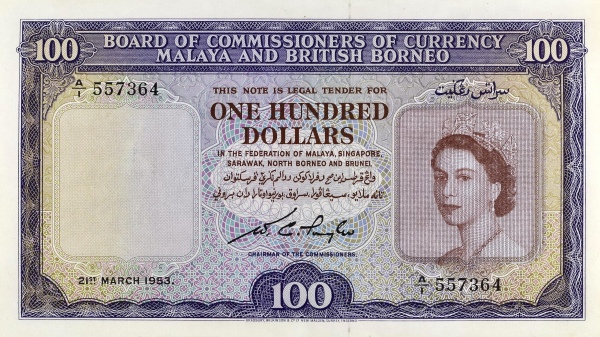
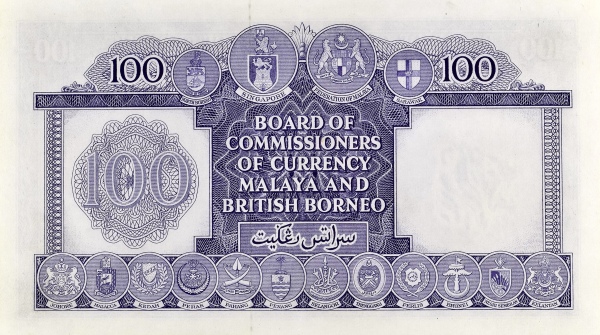
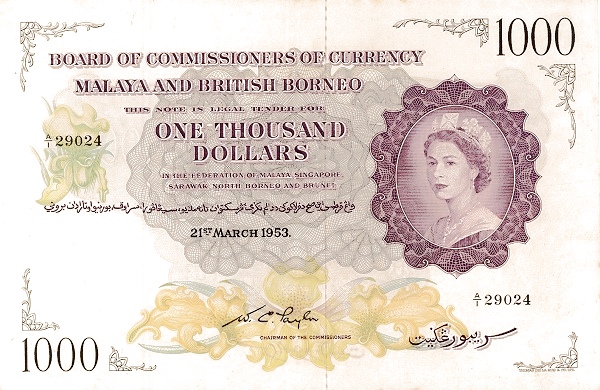
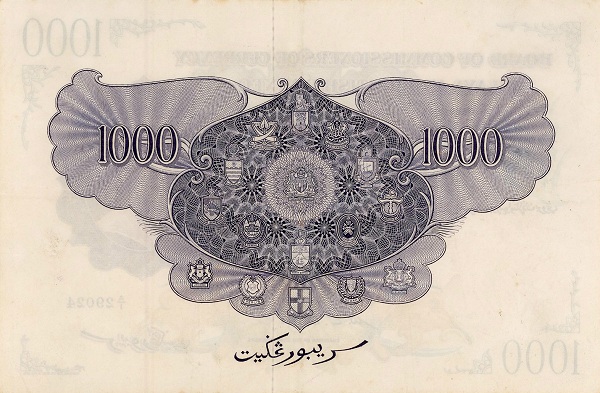
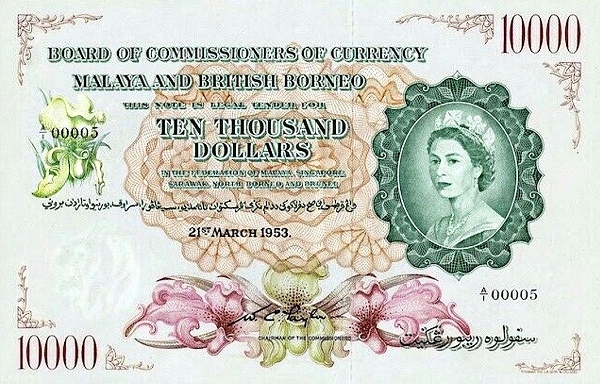
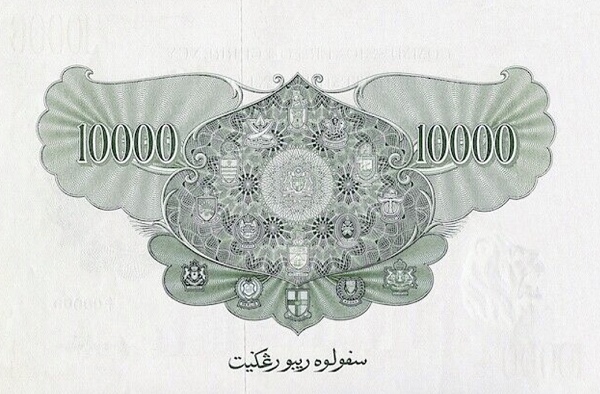
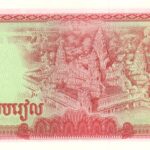
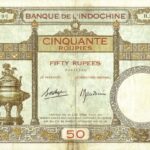
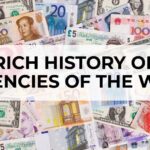
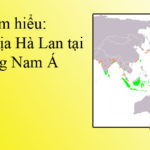








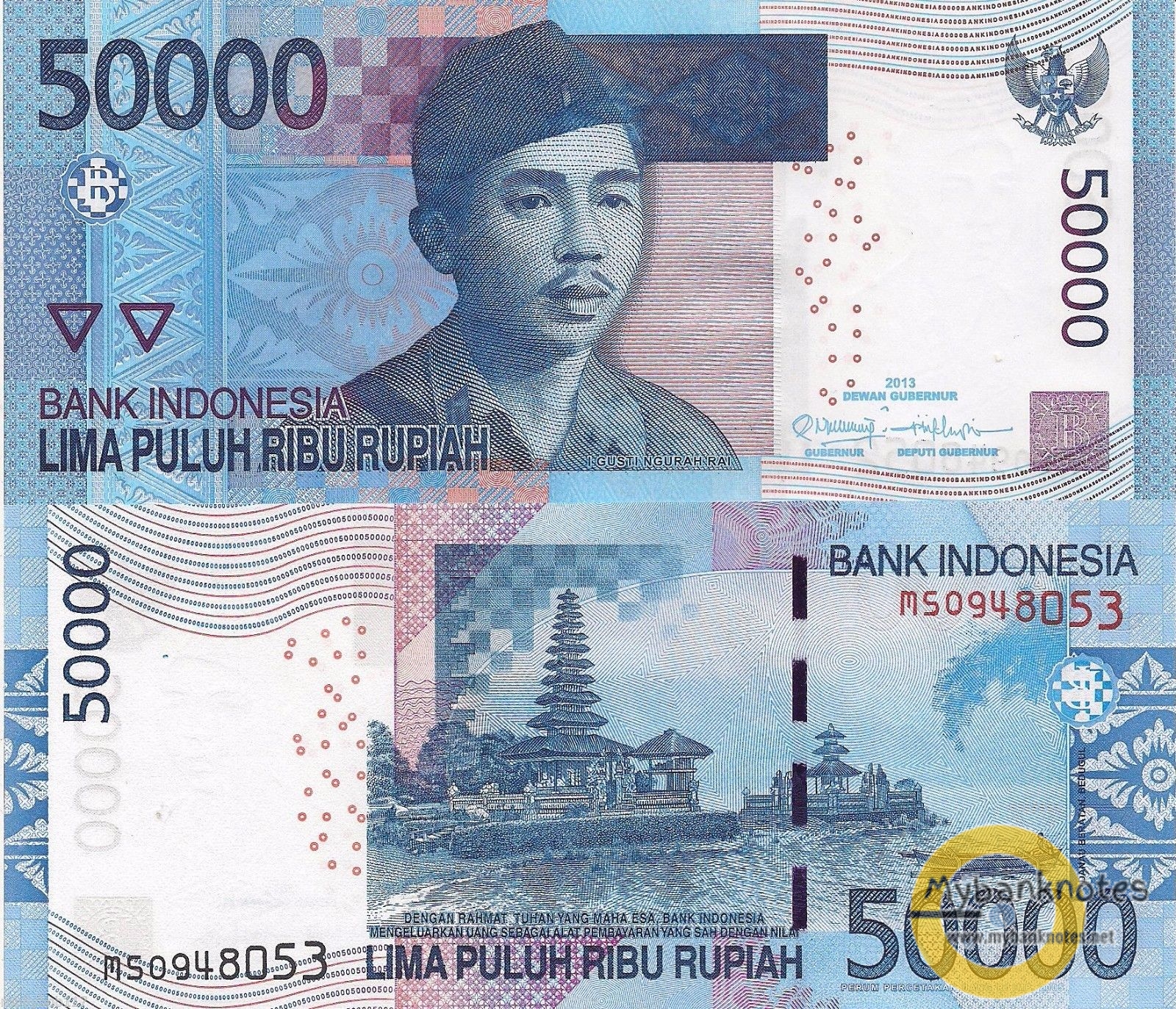
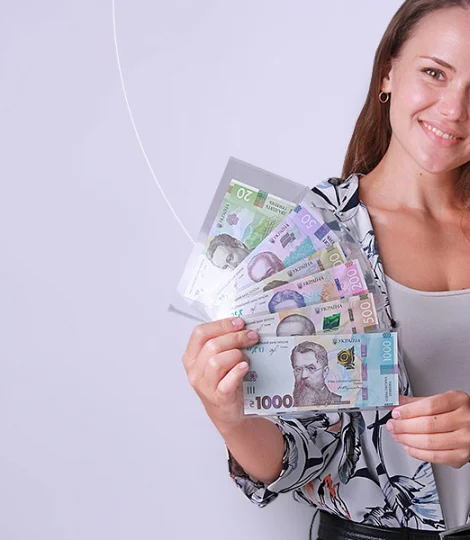
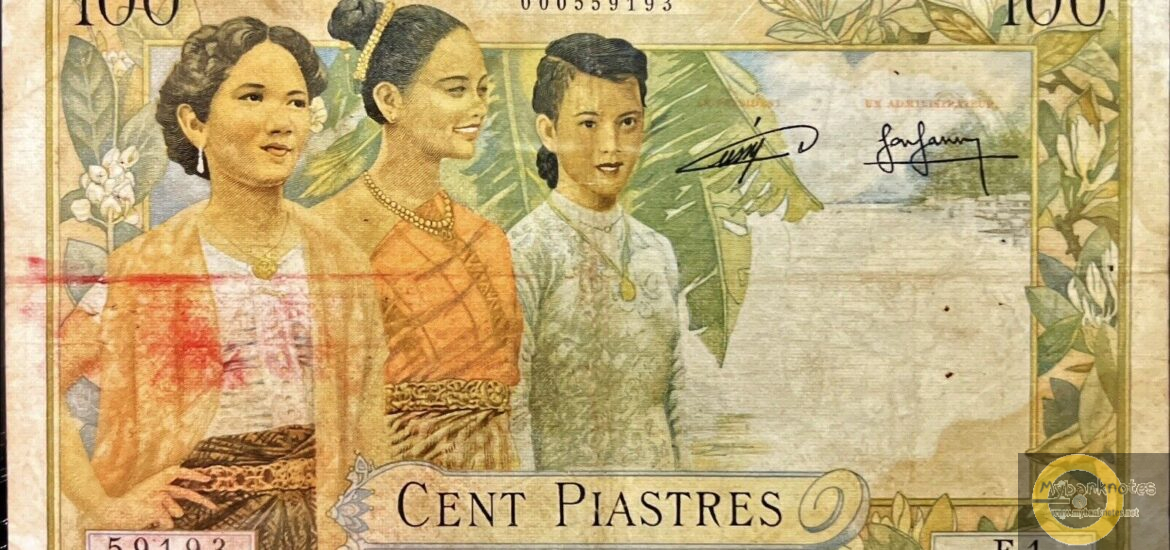
The article is very useful and worth reading. Thank you for providing the information as well as the information you have referred to.
I have never seen 1,000 and 10,000 in real life. Can anyone show me them and their prices are probably very high.
This set of coins has a very harmonious design, especially the color and arrangement of the queen’s image.
I haven’t seen the 1,000 or 10,000 denominations yet, but I think they won’t be cheap.